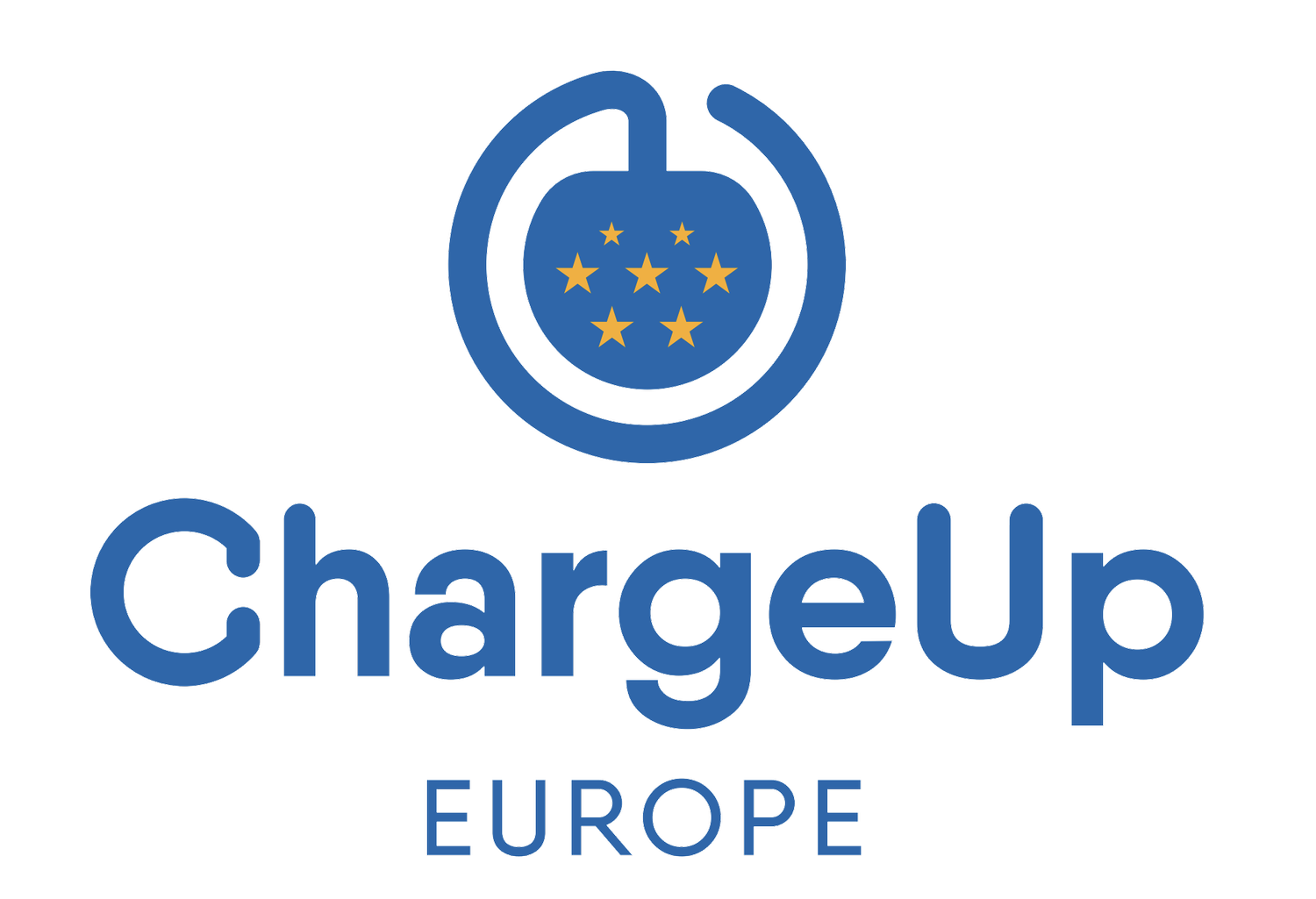Input to the clean energy strategy for energy system integration
ChargeUp Europe welcomes the opportunity to input to the roadmap on the EU Clean energy strategy for energy system integration.
To optimize the potential from flexibility offered by EVs, it is vital to deliver a policy framework that embraces a system approach from the generation to transmission, distribution and consumption of electricity.
You can see our contribution here and below:
Clean energy strategy for energy system integration
Most of the time that a private car is parked, it is at home or at work. There is great potential for smart charging at that level provided that the charging station installed is smart, allows communication between the grid and car, the tariff is attractive for drivers to become a supplier of flexibility and the data about the battery state of charge is accessible. These aspects are addressed in different legislation:
Energy Performance of Buildings Directive (EPBD): ambitions to install EV chargers in private buildings (see ChargeUp Europe response to Renovation Wave Roadmap) and roll out of smart charging stations.
Electricity Market Design: enabling flexible electricity tariff at retail level and aggregate response from drivers.
Data access policy.
The current EPBD does not set the right level of ambition to deploy private charging infrastructure (which accounts for 80% of charging for private cars). The smart sector integration strategy should support a more ambitious target to deploy smart chargers in EU in new, renovated and existing buildings. The assessment of local grid capacity and communication with the station needs to be included.
The capacity to manage the load in response to a grid signal to increase the intake of power and avoid congestion is critical as well as the possibility to consider the battery of a car as a form of storage from which power could be re-injected in the distribution grid or the local system (Vehicle-to-everything-V2X).
V2X applications are already technologically feasible and, in some cases, already used. For the wider application of V2X, the issues of storage ownership and associated cost (grid fee to take electricity out and in from the grid) are crucial to make the use case attractive for the driver. In the context of smart energy use, allowing demand management aggregation is crucial, as well as the consumer’s opt-in/out right. The smart sector strategy should include V2X technologies among the storage technologies available.
The potential from load management is also significant at charging depot level, where fleet vehicles typically charge. Based on the schedule patterns of those vehicles, the impact on the local grid can be significantly reduced through load dispatching at the charging station level. Smart devices are needed to enable the communication between vehicles and grid.
The Smart sector integration strategy should coordinate the proper implementation of various legislation addressing consumer’s engagement in energy markets at retail level to leverage the potential for smart load management and/or V2X.
To enable the potential of demand management offered by e-mobility, the digital aspects of the energy system should be addressed. Charging an EV includes the handling of data on charging patterns and technical capabilities of the battery. To charge smartly, communication needs to be established with the car and the grid operator through standardized protocols and access to these data should be guaranteed. The legislation should support the deployment of smart charging stations and support in identifying the requirements of charging stations and the car to enable smart charging, while also guaranteeing safe management of the driver’s data.
The potential of e-mobility to decarbonize the energy system can only be realized if an integrated policy framework combining electricity market design, smart charging networks and adequate digital policies are developed to integrate e-mobility among the other sources of demand side management.
